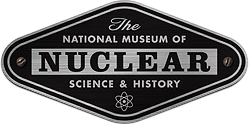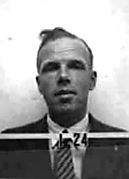Philip Burton Moon (1907-1994) was a British physicist.
Moon was a pioneering physicist during his time at England’s Cavendish Laboratory during the 1930s. This notoriety earned him a membership on the MAUD Committee, which demonstrated the potential for the creation of a nuclear weapon.
Once this realization became known, Moon was soon recruited to be a member of the British contingent of the Manhattan Project at Los Alamos. He helped design equipment that measured the impact of the Trinity nuclear test.





